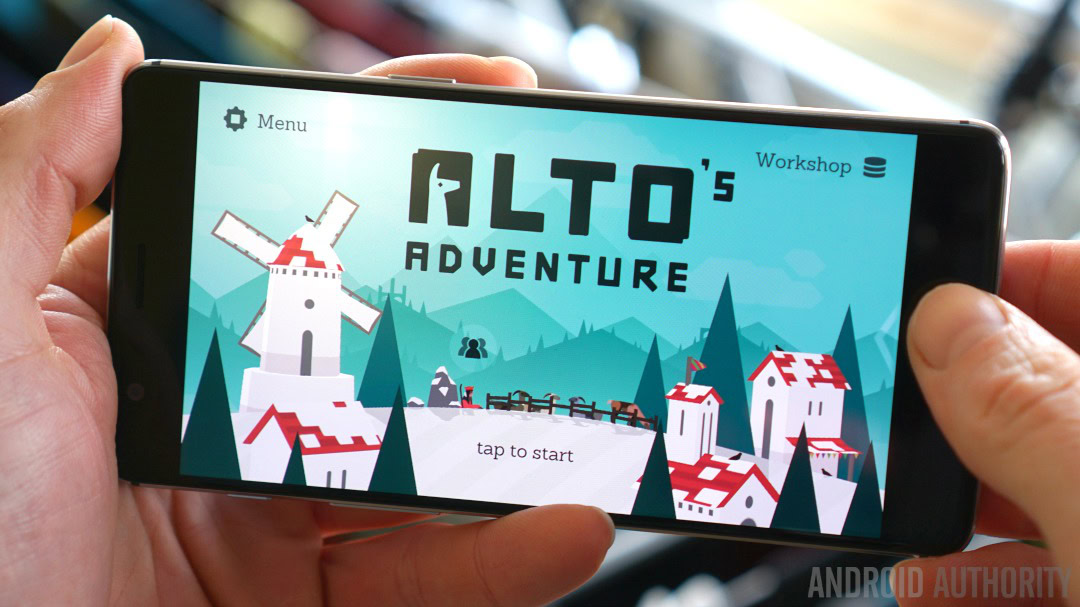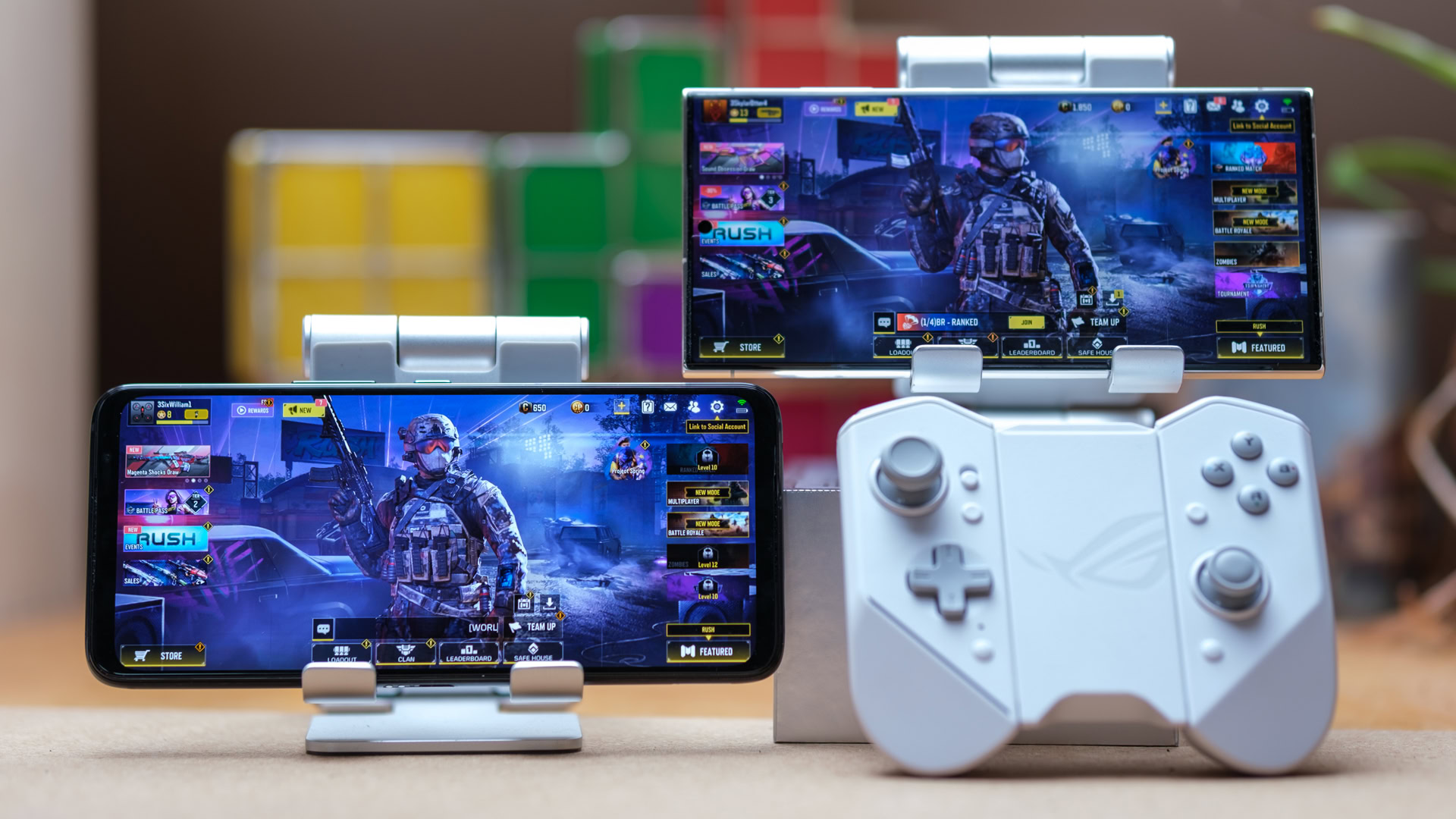Affiliate links on Android Authority may earn us a commission. Learn more.
How games make money: an interview with Noodlecake Studios, publishers of Alto's Adventure

With The Bug Butcher recently released on Android, Noodlecake Studios may well have another hit on their hands, following the immense popularity of Alto’s Adventure. With several mobile games achieving stratospheric success in the last couple of years, we sat down with Noodlecake’s Ryan Holowaty to talk Alto’s Adventure, Android TV, Pokemon Go, upcoming projects and how developers make money off games.

AA: Alto’s Adventure is arguably one of the ‘simpler’ Android games that is still massively popular right now. Why do you think Alto’s is so successful and what are your thoughts generally on the balance between complexity and mobility?
RH: I think Alto managed to walk the line between simplicity and beauty perfectly. The gameplay really couldn’t be much simpler, which instantly makes the game accessible to a mass audience.
Having a simple control scheme with easy to understand goals laid out is something everyone can get on board for.
Sure, hard-core gamers might be looking for more depth in things like tricks and whatnot, but having a simple control scheme with easy to understand goals laid out is something everyone can get on board for.
Combine that with an absolutely gorgeous art style that is ever-changing due to the dynamic weather system, and you have this perfect package for mobile games. It’s fun to play, easy to understand and beautiful to look at. What else do you need?
AA: Do you think simplicity is the key to instant uptake? Or at the very least a big help? The same kind of simplicity could be said to exist in Pokemon Go, where the basic gameplay is very easy to pick up and play. Or do you think Pokemon Go’s instant appeal is more likely down to other factors, like nostalgia, the novelty of AR or its huge community?
RH: With Alto and many mobile games, simplicity is a huge factor. The average session time of mobile games is extremely short compared to console gaming. Even more so with free games versus paid, so you have to hook players immediately. If the game presents too much tutorial and complexity before actually getting to the “fun” of the game, your drop-off rate is going to be massive.
Pokemon has that simplicity and novelty of real world gameplay but so do a ton of AR games that came before it. Next to Mario, Pokemon is the biggest franchise in Nintendo’s storied history. If you equate this to a snowball starting to roll down a hill getting bigger and bigger, other AR games started like a golf ball, but Pokemon Go started out more like the boulder from Indiana Jones.

AA: With the launch of Alto’s Adventure on Android TV and Amazon Fire TV recently, you obviously see potential for longer gaming sessions on larger screens, even with a mobile-first title. Have you got data to back that up or are you working on a hunch? And to what degree does the paid aspect affect session duration? Have you seen longer gaming times on iOS (which is a paid app) versus Android where Alto’s is free?
RH: Alto is just one of those games that looks great on small screens but we felt would look even better on a big TV. There was demand from TV-based Android consoles like Android TV and the NVIDIA Shield to bring the game to these platforms so it was a combination of our love for TV gaming and their desire to feature the game on their platforms which lead to that decision.
Paid games always result in longer session times.
In general we have found that paid games always result in longer session times just due to the fact that players feel more invested in the title since they paid for it. This makes perfect sense.
Right now we do not have a lot of data to go off of to make an apt comparison between the two operating systems, but what I can say is that the f2p version of Alto’s Adventure boasts an impressive 4.4 minute average session length, with over 5 million sessions lasting 30+ minutes.
AA: Has the free-to-play nature of Alto’s on Android led to more in-app purchases, or does the game price on iOS drive Alto’s money-making ability? How does having a game that’s free on one platform and paid on another affect revenue?
RH: The f2p version of Alto has resulted in a ton of downloads, but the main revenue driver is not IAPs but instead opt-in video. The IAPs account for less than 1% of all revenue on the platform, just reinforcing the fact that the average player would rather watch an ad than pay for anything.
IAPs account for less than 1% of all revenue, reinforcing the fact that the average player would rather watch an ad than pay for anything.
AA: Having said that, do you think developers are generally better off either pricing their games up-front or offering video ads to skip ahead rather than offering a multitude of IAPs? Has Alto’s seen better revenue from iOS’ up-front purchase price or Android’s video ad revenue?
RH: Unfortunately I can’t speak to the revenue numbers of Android versus iOS as we did not release the game on iOS. I do know that it really does depend on the game though.
Mobile players tend to have a preconceived notion of quality with certain games. This comes down to many things such as the look, previews, developer history and store placements. Certain games just feel premium while sometimes others don’t. None of them are wrong though and each have their own merits.
If you go free, you are banking on mass adoption or perfected monetization within the game. If you go premium, you need much less in terms of downloads to achieve the same revenue.
Free games are more popular by nature and have the ability to usurp premium in almost every way financially.
However, as the grossing charts show, free games are just more popular by nature and because of that, have the ability to usurp premium in almost every way financially.
If you look at the charts, of the top 50, only a couple will be paid. If you launch a f2p game and do not get that mass adoption though, it can be a financial disaster.
AA: I didn’t actually realize that Alto’s on iOS was released by Snowman Games. Can you explain that situation for our readers?
RH: This is very common in what we do. We have two types of publishing deals we do. The first is a unreleased game that we put out on all platforms and the second is usually a successful game that was self published on iOS and the developers then come to us to help port it over to Android and release it.
So Alto came out a long time ago on iOS and the Snowman team came to us because they didn’t know the marketplace and how to get an Android version going. So it isn’t uncommon for indie devs (RocketCat, Zach Gage, Snowman, PixelJAM etc) to come to us with games after they have seen success on iOS.
AA: Speaking of new releases, what’s next for Noodlecake? Any expansions planned for Alto’s for those of us that have already finished the game and can’t survive on Zen Mode alone? Any other new games coming up you’d like to tease us with?
RH: For Alto we are looking at bringing the game to a few more Android-based consoles but other than that, when it comes to features or new modes, we follow suit with the Snowman team. So if they update the game, we will update the Android versions with the same features.
Noodlecake has a TON of awesome stuff coming up.
Noodlecake has a TON of awesome stuff coming down the pipe, including a few new titles that have already launched like The Balloons, The Bug Butcher and Flappy Golf 2.
I can’t speak to anything in particular yet but there are some ports of unreal iOS games that Android users have been clamoring for as well some new releases on both iOS and Android that are sequels to beloved franchises, brand new IPs and great content updates. A few of the new releases are ports of awesome PC and PS4 games that have yet to be on mobile for the first time.
AA: Where do you see mobile gaming in five years? Will AR/VR have taken over? Or will there always be a space for retro and pick-up-and-play titles even if they are being played in VR rather than on mobile screens?
RH: In five years’ time I see less of a gap between mobile and console hardware. Whether or not VR takes off is hard to say. The PSVR is really the first big consumer push for VR in your home.
But beyond that we are already seeing it with things like using your phones in VR with the Gear or the early mock ups of the Nintendo NX that seem to have a portable components as well. It really feels like systems will be a hybrid of mobile and home at some point that you just plug into your TV or take with you on the go.
- If you haven’t already, be sure to check out The Bug Butcher on Android.
Where do you see mobile gaming going? Do you prefer IAPs, ads or an upfront purchase price?